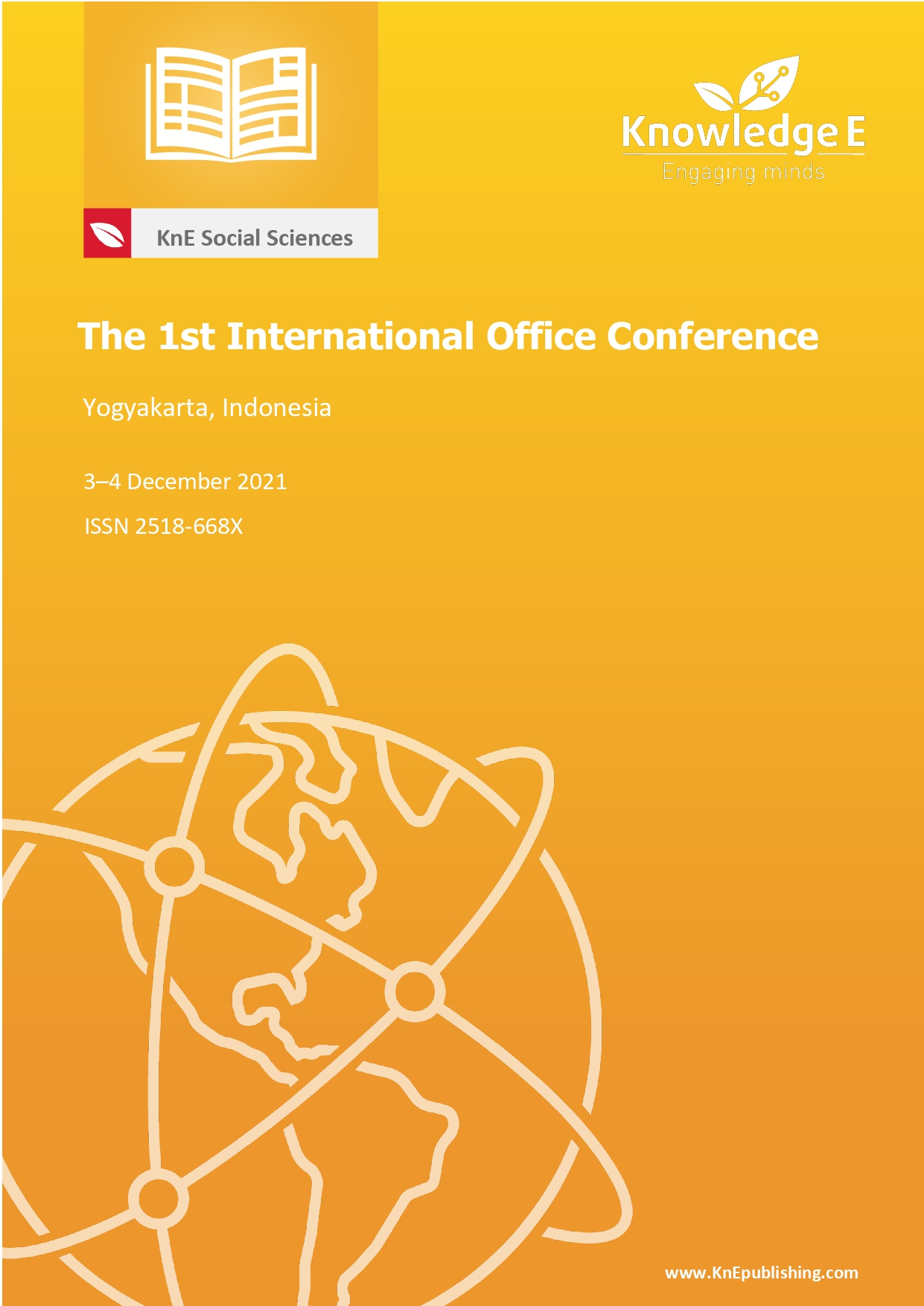Building a Strong Partnership with International Partner Institutions
DOI:
https://doi.org/10.18502/kss.v7i11.11323Abstract
The three stages for building a solid partnership between international partner universities are collaboration management, development program, and strengthening. Collaboration management is needed to tie the partnership between universities. Since the partner universities may have different time zones and cultures, good collaboration is needed. The partnership can be secured by developing programs for its effective implementation. The program can be academic such as student exchange, joint degree, faculty exchange, joint research and publication, international conference, and visiting scholars programs. To have a solid partnership, each university must run the program together. Programs with three or more partners can form a consortium. The consortium in turn can help each university strengthen its collaboration, increase the university ranking, and develop more benefit programs.
Keywords: collaboration management, development program, solid partnerships
References
Taylor J. Understanding international partnerships. Perspectives: Policy and Practice in Higher Education. 2015;20(2–3):44–50.
Knight J. International Universities. Journal of Studies in International Education. 2015;19(2):107–121. https://doi.org/10.1177%2F1028315315572899
Vitenko T, Shanaida V, Droździel P, Madlenak R, editors. International partnership in the field of education. 2018. July 2-4; Palma, Spain. Spain: IATED Academy; 2018. Available from: https://doi.org/10.21125/edulearn.2018.2213
Taylor J. Toward a strategy for internationalisation: Lessons and practice from four universities. Journal of Studies in International Education. 2016;8(2):149–171. https://doi.org/10.1177%2F1028315303260827
Păunescu C, Drăgan D, Găucă O. Examining obligations to society for QS Stars best ranked universities in social responsibility. Management & Marketing Challenges for the Knowledge Society. 2017;12(4):551–570. http://dx.doi.org/10.1515/mmcks-2017- 0033
Pérez-Esparrells C, Orduna-Malea E. Do the technical universities exhibit distinct behaviour in global university rankings? A Times Higher Education (THE) case study. Journal of Engineering and Technology Management. 2018;48:97–108. http://dx.doi.org/10.1016/j.jengtecman.2018.04.007
Knight J. Internationalization of higher education: A conceptual framework. Internationalisation of higher education in Asia Pacific countries. Knight J, deWit H, editors. Amsterdam: European Association for International Education; 1997. Internationalisation of higher education in Asia Pacific countries; p. 5–19.
Knight J. Updated definition of internationalization. International Higher Education. 2003;33. https://doi.org/10.6017/ihe.2003.33.7391
Welch A. Going global? Internationalizing Australian universities in a time of global crisis. Comparative Education Review. 2002;46(4):433–471.
Biddle S. Internationalization: Rhetoric or reality? New York: American Council of Learned Societies; 2002.
Jie Y. International partnerships: A game theory perspective. New Directions for Higher Education. 2010;2010(150):43–54. https://doi.org/10.1002/he.389
Alhalwaki H, Hamdan AMM. Factors affecting the implementation of internationalisation strategies in higher education institutions: Evidence from Bahrain. International Journal of Management in Education. 2019;13(1):1–27. http://dx.doi.org/10.1504/IJMIE.2019.10016609
Smith KK, MacKenzie J, Meyers RA. Exploring the feasibility of international collaboration and relationship building through a virtual partnership scheme. International Journal for the Scholarship of Teaching and Learning. 2014;8(1):1–26. https://doi.org/10.20429/ijsotl.2014.080107
Chetwood JD, Ladep NG, Taylor-Robinson SD. Research partnerships between high and low-income countries: Are international partnerships always a good thing? BMC Medical Ethics. 2015;16:36. https://doi.org/10.1186/s12910-015-0030-z
Tadaki M, Tremewan C. Reimagining internationalization in higher education: international consortia as a transformative space? Studies in Higher Education. 2013;38(3):367–387. http://dx.doi.org/10.1080/03075079.2013.773219

